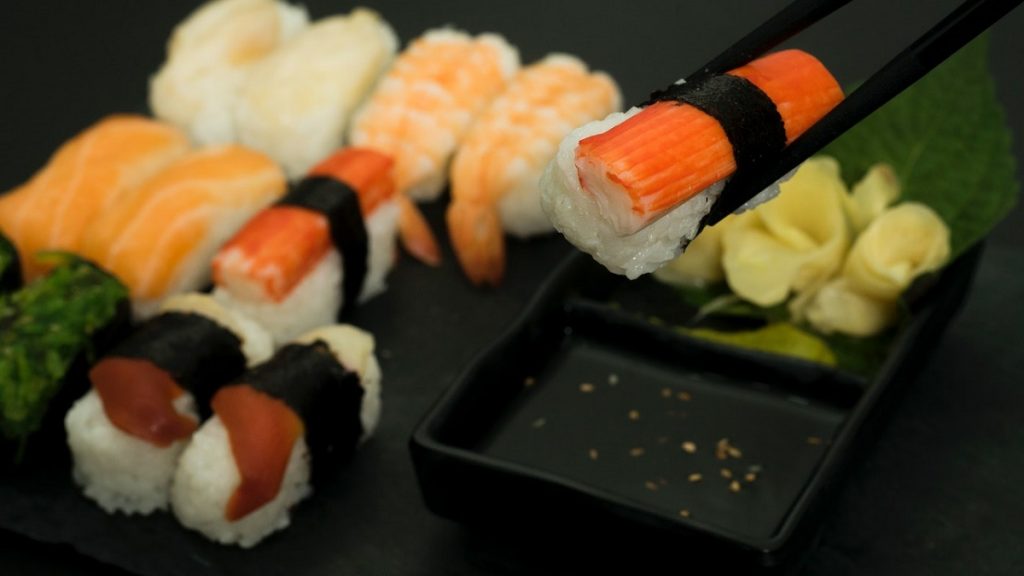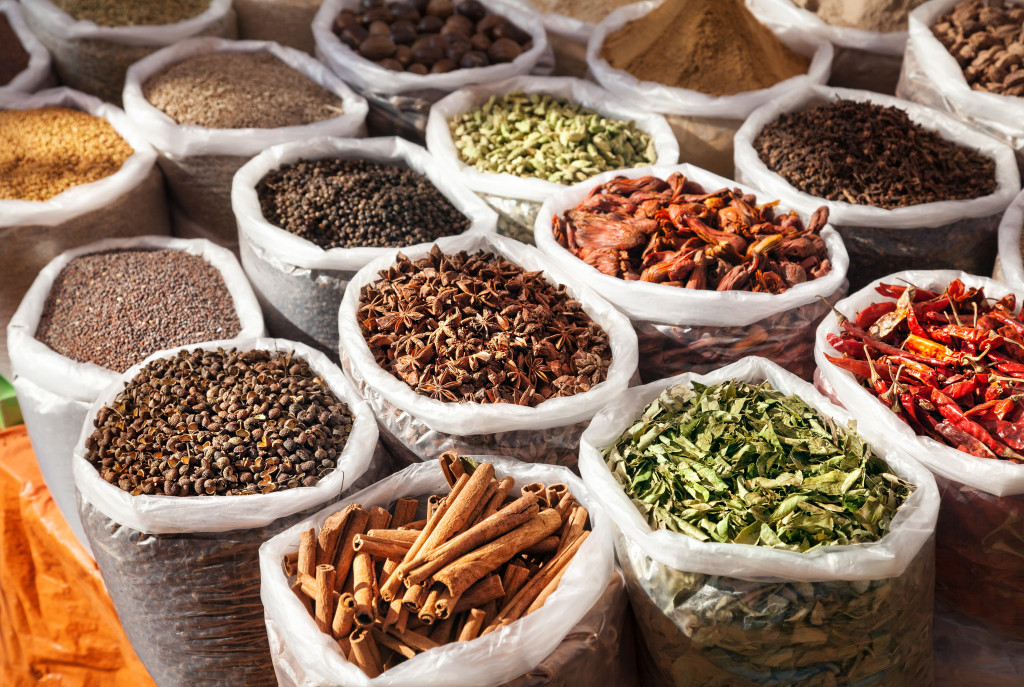A lot of people have been missing traveling lately. There are still travel limitations around the world so the only travel we can do right now is through our taste buds. The flavors from various nations can provide a culinary image of the places involved. As we spend time at home in quarantine, we can saute our way towards wonderful flavor destinations.
The variety of cuisines around the world can tell a lot of stories from each culture. The flavors from Southeast Asia, for example, showcase the variety of cultural influences that every nation has had through centuries. In Southeast Asia, various types of Filipino food are often served with different types of condiments to enhance flavors according to each person’s preference. Gourmet patis is a condiment often served with fish or some soup dishes to add a salty and savory dimension to the flavor.
Food is a good indication of cultural stories. When we travel, we often look for food that is often enjoyed by the destination’s locals to experience the flavors that they prefer. Enjoying food is a communal act, and being able to appreciate the flavors of various nations may keep us closer as a global community.
Cuisines from Asia
Asia is known to be the home of rich flavors, a diverse range of food, and passionate eaters. It comes as no surprise given the variety of food available in every nation. Their ingenuity for exploring new flavors opens doors to flavorful possibilities. Here are some nations in Asia whose food culture stands out from the crowd.
Japanese cuisine is more than mere sushi and sashimi. The Japanese are believed to be enthusiastic when it comes to food. Local Japanese food is often found to be their primary reason for traveling beyond their hometowns. When it comes to the Japanese, food is considered an art form that requires meticulous preparation and presentation.
As with many Asian countries, rice is a staple when it comes to the Vietnamese. Their food culture consists of many rice-related dishes. The people of this nation also consider rice as an object of worship as can be seen in many temples in Vietnam. Even the famous Pho is made from rice.

Malay food is one of the three main cuisines in Malaysia. These cuisines are distinct in flavor as they embody strong, aromatic, and spicy tastes. The preparation of food is considered a communal activity in Malaysia. It is also common for the Malay to eat with their hands without the use of utensils, as they savor the herbs and spices combined in their meals.
In Thailand, the people are known to eat slowly as they value the meal and the moment that is shared with loved ones. Thai meals often include five main flavors including bitter, salty, and sweet. To a foreign palate, Thai food may seem too spicy; however, the Thai ensure that the flavors present in a meal are perfectly balanced.
When traveling, it is nice to experience a place through their food and how they appreciate their local cuisine. Food is a basic human need and being aware of how a foreign culture satisfies this need is a good entryway to learning about their preferences and traditions as a people.
Food as a Reflection of Culture
If a picture is worth a thousand words then a meal is worth generations of stories. A nation’s wide variety of traditional cuisines reflects how the previous generations have worked and lived during their time. These traditional cuisines are passed down through several generations and each version of a traditional cuisine holds a story of its innovation.
In places where immigrants may have settled, food fusions may have been born. There are cuisines that are called micro-cuisine which involves the use of locally available ingredients as substitutes for traditional ingredients of a given recipe.
Food can also tell a story about a region and its agricultural history. The available crops may be predominant in local recipes due to the surplus of given produce. There are some ingredients that are more abundant in certain parts of the world compared to others. Finding these ingredients in unusual locations may signify the history of export and travel.
It is interesting to learn about a nation’s culture and history through their traditional and innovative food recipes. These recipes serve as a reflection of the changing times and beliefs of several generations.
The various food traditions and innovations around the world echo the lifestyles and challenges that previous generations have experienced and overcome. These cuisines do not serve merely to satisfy the taste buds but also the collective knowledge of the human race in the pursuit of understanding the history of the world.


